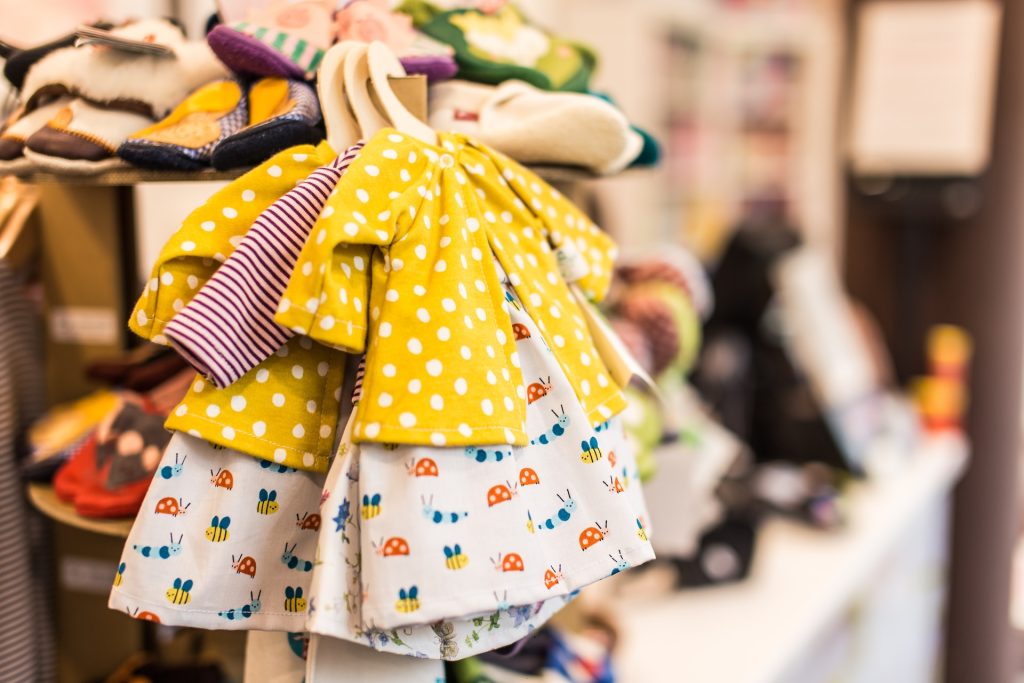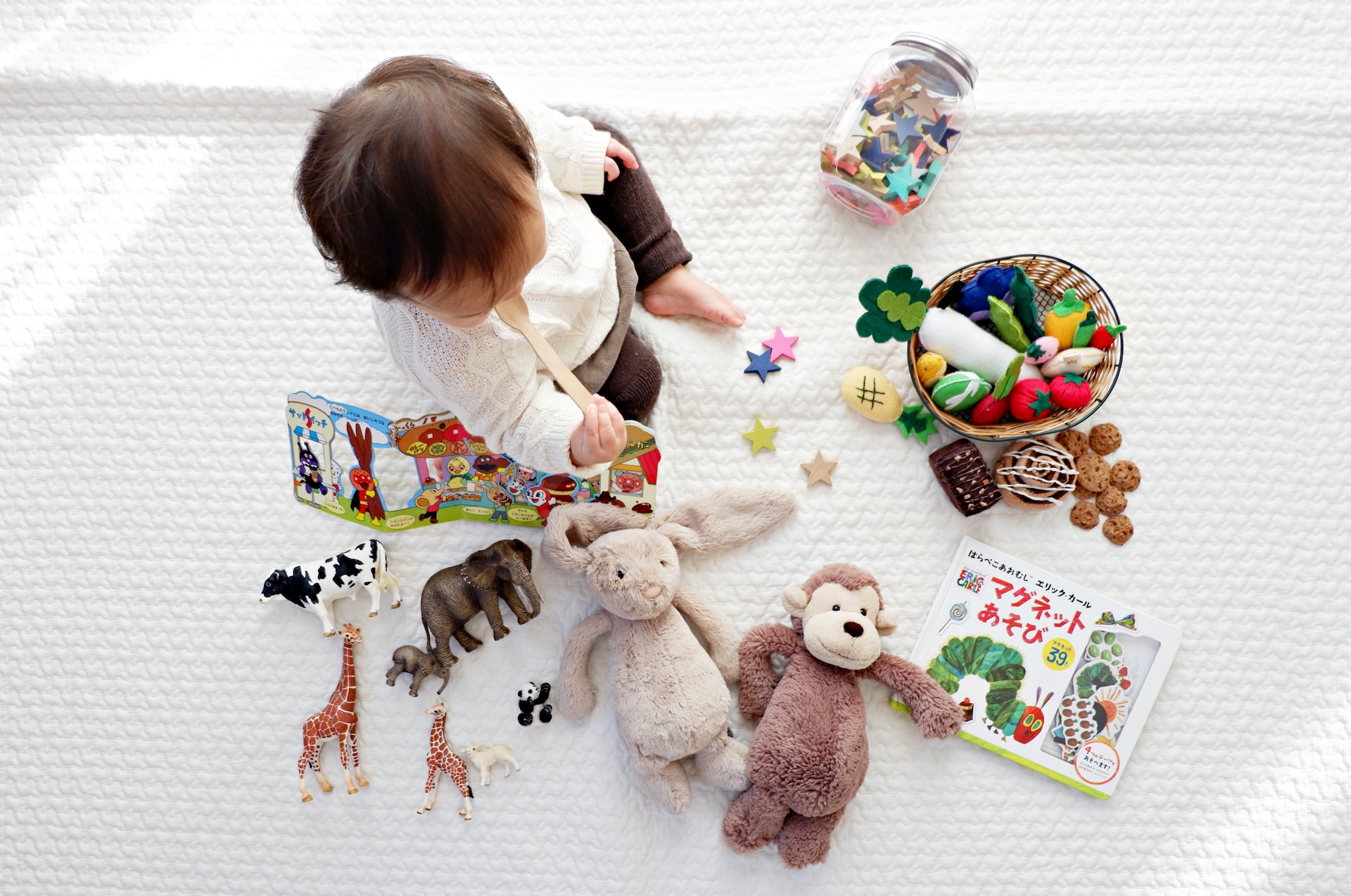Online shopping is super handy these days. No more crowded malls or waiting in line! But when buying stuff for your kids online, there are a few things to keep in mind. It’s not just about finding the coolest toy or the prettiest dress. It’s also about making sure your purchases are safe and right for your child. So, before clicking that ‘buy now’ button, take a moment to do a little homework. It’ll make your online shopping experience smoother and more rewarding for both you and your little one.
Online Shopping Tips for Parents

1. Safe Online Shopping from Authentic Website
Just like you make sure your house door is locked, you should check if an online store is secure. How? Notice the web address. If it starts with https://, it’s like a locked door. Also, a little padlock icon near the website’s name is another good sign. These hints show that your personal details are kept safe and away from sneaky hackers.
2. Do Your Homework on Sellers
Let’s say you’re looking for a babysitter. You’d want to know all about them, right? The same goes for online shopping. Before clicking ‘buy’, see what other shoppers are saying. Look at the seller’s ratings, read up on their return policy, and maybe even drop them a message to see how quickly they respond. Picking a trusted seller is like choosing a great babysitter.
3. Right Fit for Growing Kids
Kids seem to sprout up overnight, right? And not all clothing brands fit the same. Instead of guessing and hoping for the best, take a moment to measure your child. Use those measurements to pick the right size from the brand’s chart. This simple check means less hassle with returns and a better fit for your kiddo.
4. Quality Badges
Imagine toys and gadgets as meals. Just like you check if a meal is healthy, you’d want to see if a product is safe. Quality badges or certifications are like health labels for products. They tell us that a product has been tested and passed safety checks. So, when shopping, especially for toys or gadgets, always look for these badges to ensure you’re getting something safe for your kiddos.
5. Keep Your Digital Receipts Safe
Ever bought something online and then lost track of the details? Treat your online order details just like a paper bill from a physical store. Whether you print them, screenshot, or save the email, it’s essential to have a record. This will be a lifesaver if you need to return something, ask for money back, or just have questions about your purchase.
6. Stay Alert with Product Recalls
Once in a while, products get sold, and later, issues are discovered. It’s like when a type of car needs repairs and gets called back. To ensure the toys or products your child uses are always safe, it’s good to be aware of recalls. Check out recall websites now and then, or even better, sign up for notifications. This way, you’re always one step ahead in keeping your child safe.
7. Some Online Shopping Details Are Best Kept Private
While shopping online with your kids can be a bonding moment, it’s essential to keep certain things like passwords and payment info under wraps. Think of it as teaching them about privacy, similar to not sharing personal secrets with strangers. Use this as an opportunity to talk to them about online safety. These small lessons today can shape their smart online habits in the future.

8. Be a Savvy Shipper
Online stores have various ways to ship your goodies. While getting your package quickly is exciting, it might pinch your pocket. So, pause and consider how urgently you need that item. Is it worth the extra shipping fee? Also, think of where your package will land. If you’re usually not home, consider having it sent to your office or picking it up from a trusted location. It’s all about getting your order safely and in the most convenient way.
9. Think Before You Click ‘Buy’
The ease of online shopping can sometimes lead to swift and thoughtless purchases. Instead of instantly checking out, let your cart sit for a day or so. This little “thinking break” allows you to revisit your choices, ensuring you really want and need everything you’ve added. It’s a small step that can prevent buyer’s remorse and help you stick to your budget.
10. Wise Up About Web Ads
Children are naturally drawn to colorful and animated online ads. Many online platforms use cookies, little trackers, to tailor ads based on our browsing habits. It’s important to know how this works. Have a chat with your children about these tempting banners. Explain to them that just because an ad appears, it doesn’t mean it’s good or necessary. Teaching them to be discerning clickers can protect them from unwanted content and potential online pitfalls.
11. Parental Feedback
Think of other parents as your personal shopping detectives. Their product reviews are like precious nuggets of information, shedding light on the real deal with products. They might share that a certain toy isn’t as durable as it looks or that a piece of clothing shrinks after one wash. By tuning into their experiences, you get the inside scoop, helping you make smarter, more informed choices for your little ones.
12. Details of The Product
When it comes to our children, especially those with sensitive skin or allergies, we can’t be too careful. Always take a moment to pore over the product’s ingredients or materials. Going the extra mile to opt for organic, hypoallergenic, or natural products might seem tedious, but it’s a vital step. It’s not just about comfort; it’s about ensuring your child’s well-being and safety.
13. Beware of Unbelievable Bargains
We all get a thrill from finding that unbeatable deal. However, if a price tag makes you do a double-take because it’s shockingly low, pause for a moment. Extremely cheap prices can sometimes hint at counterfeit items or even potential scams lurking behind the scenes. Familiarizing yourself with the average cost of a product can help you gauge if a deal is genuinely golden or just fool’s gold.
14. The Lowdown on Returns
Let’s face it, not every online purchase is a home run. Sometimes, items might not match our expectations. That’s why it’s essential to peek at the return policies of online stores. Does the store cover the return shipping costs? Are there any restocking fees? Knowing the ins and outs of these policies can save you from future headaches and make your shopping experience smoother.
15. Separate Accounts for Easier Shopping
You know that overwhelming feeling when you open your main email and it’s flooded with offers, sale alerts, and newsletters from stores? Here’s a tip: create an email address just for your shopping needs. This way, your everyday email stays clutter-free, and all your shopping-related emails are in one place. When it comes to paying, it might be a good idea to have a specific credit card just for online buys or use secure services like PayPal. It’s kind of like having a special wallet only for shopping – it not only helps in organizing but also adds an extra layer of safety to your purchases.
Conclusion
Online shopping offers unparalleled convenience, variety, and often, cost savings. However, when it comes to our children, it’s essential to tread with a little extra caution. By staying informed, being diligent in your research, and instilling good practices, you can ensure a safe and satisfying online shopping experience for your family. After all, it’s not just about buying products; it’s about ensuring the well-being and happiness of our loved ones.
FAQs
Recognizing a safe online shopping platform begins with the “https://” prefix in its URL. Accompanied by a padlock icon in the address bar, these features signal the site’s commitment to data encryption, safeguarding your information from potential cyber threats and unauthorized access.
Validating an online seller’s trustworthiness involves multiple steps. Start by combing through customer reviews for consistent feedback. Next, scrutinize the clarity and fairness of their return policies. Lastly, initiate communication to evaluate their promptness and clarity, as dependable sellers are often quick to address concerns and foster a transparent buying environment.
Absolutely, sizing disparities between brands are quite common. This variability makes it essential to consult each brand’s unique sizing chart when shopping. Additionally, taking current measurements of your child will help correlate them to the provided size guide, ensuring an accurate and comfortable fit.
Online reviews act like personal recommendations. They give shoppers a sneak peek into others’ experiences, shedding light on the product’s actual quality, fit, and potential hidden quirks. By consulting these reviews, you’re leveraging collective wisdom, reducing the chances of unpleasant surprises post-purchase.
Prioritize examining the product’s composition. Labels like organic, hypoallergenic, or natural often signify fewer harsh chemicals and additives. Additionally, researching and opting for brands known for sensitive-skin-friendly products can provide added assurance of your child’s comfort and safety.
When a deal appears too tempting, it’s vital to tread with caution. Cross-check the product’s price across multiple platforms to gauge its average cost. Exceptionally low prices might hint at counterfeit goods or potential scams. Ensure you’re making an informed, secure purchase decision.
Maintaining a systematic record of online purchases aids in efficient tracking. Create dedicated folders in your email or on your computer to store order confirmations. Taking a screenshot or printing them can serve as a physical backup. This organized approach ensures easy access during returns or disputes.
When shopping for kids, especially toys, always look for safety certification labels or quality assurance marks. These labels signify the product’s compliance with safety norms. Additionally, reading user reviews and product descriptions can offer further insights into the item’s safety features.
Including kids in shopping can be educational, but it’s essential to strike a balance. Keep sensitive data like passwords and payment details private. Use the experience to impart lessons on online safety, discerning advertisements, and the importance of secure browsing.
Online ads often feel eerily familiar due to “cookies“, which are small data packets websites store on your browser. They monitor your online activities and preferences, enabling marketers to display targeted ads that resonate with your interests. Being aware of this process can help you and your children differentiate between genuine interests and marketing strategies.
Impulse buying can be curbed by practicing patience. Instead of immediately clicking “buy”, leave items in your cart and revisit them after some time. This pause allows for re-evaluation and often helps in distinguishing between a “want and a need”, ensuring more mindful purchases.
































































